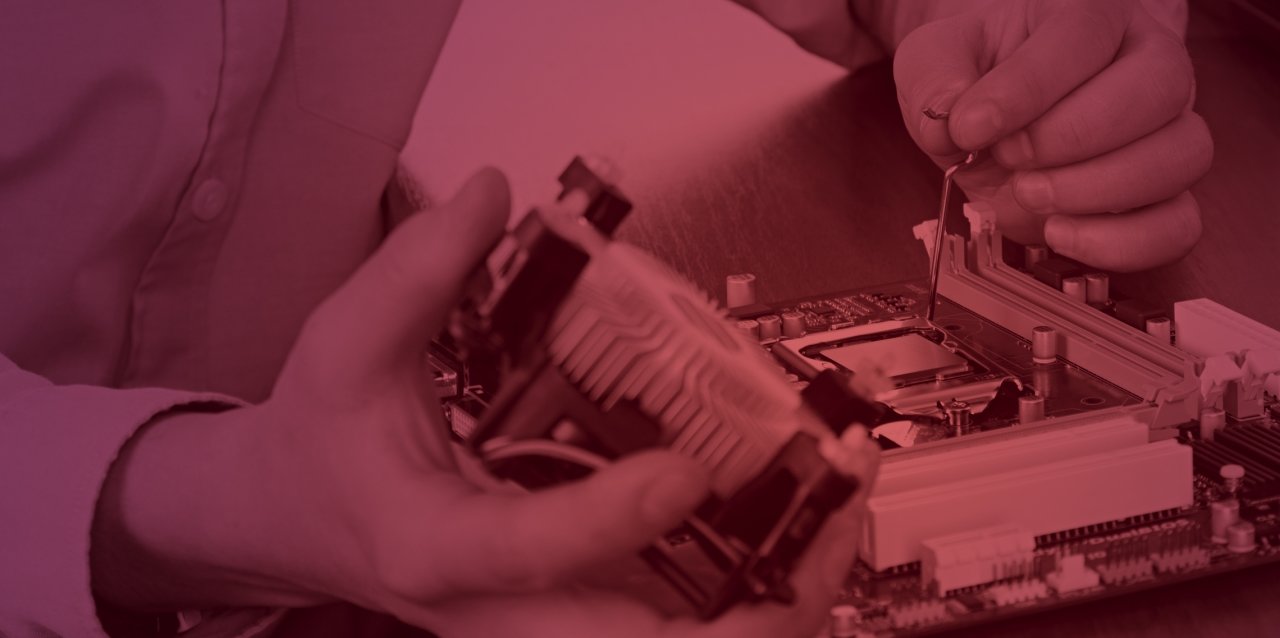Profitability, application and limit of efficient permanent magnet motors

Advantages and disadvantages of the permanent magnet motor compared to the asynchronous motor
The three project partners, Circle Motor AG and the universities of applied sciences of Lucerne and Wallis, had in mind to identify the advantages as well as the disadvantages of the permanent magnet motor compared to the asynchronous motor and to show adequate applications.
Nowadays, the industry builds permanent magnet mo-tors up to a range of performance of several 100kW. At these high-power-applications, the energy efficien-cies of the two types of motors come very close to each other. At engine powers under 10kW, where the majority of motors in use lies, the permanent magnet motor can be built with higher energy efficiency and lower weight than comparable asynchronous motors.
The savings on expensive copper and aluminium pay for the permanent magnets if the transition from the heavy IEC norm motor (asynchronous motor) to the lighter permanent magnet motor is made. The favoured use of permanent magnet motors is in fluid flow engines where the need of variable speeds as well as long operating times are given and regular. In this case the energy efficiency is higher, as well. Permanent magnet motors dissipate less start-up energy and are of good use in the case of frequent stop-and-go cycles. At low gear reductions and higher powers permanent magnet direct drives have obvious advantages compared to geared motors.
